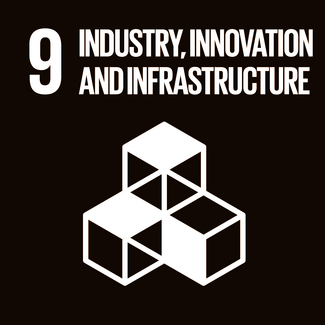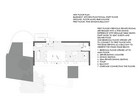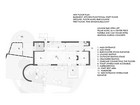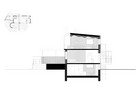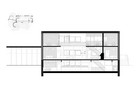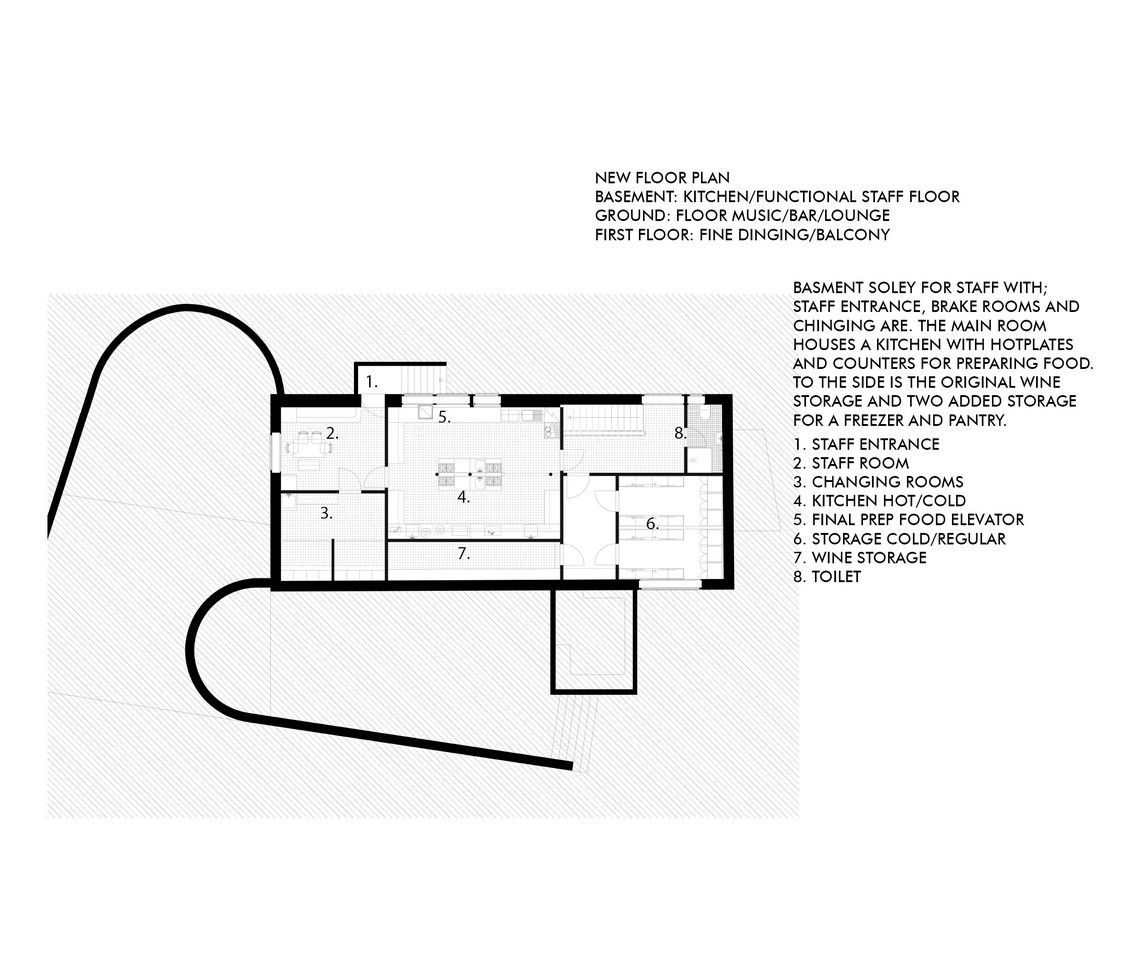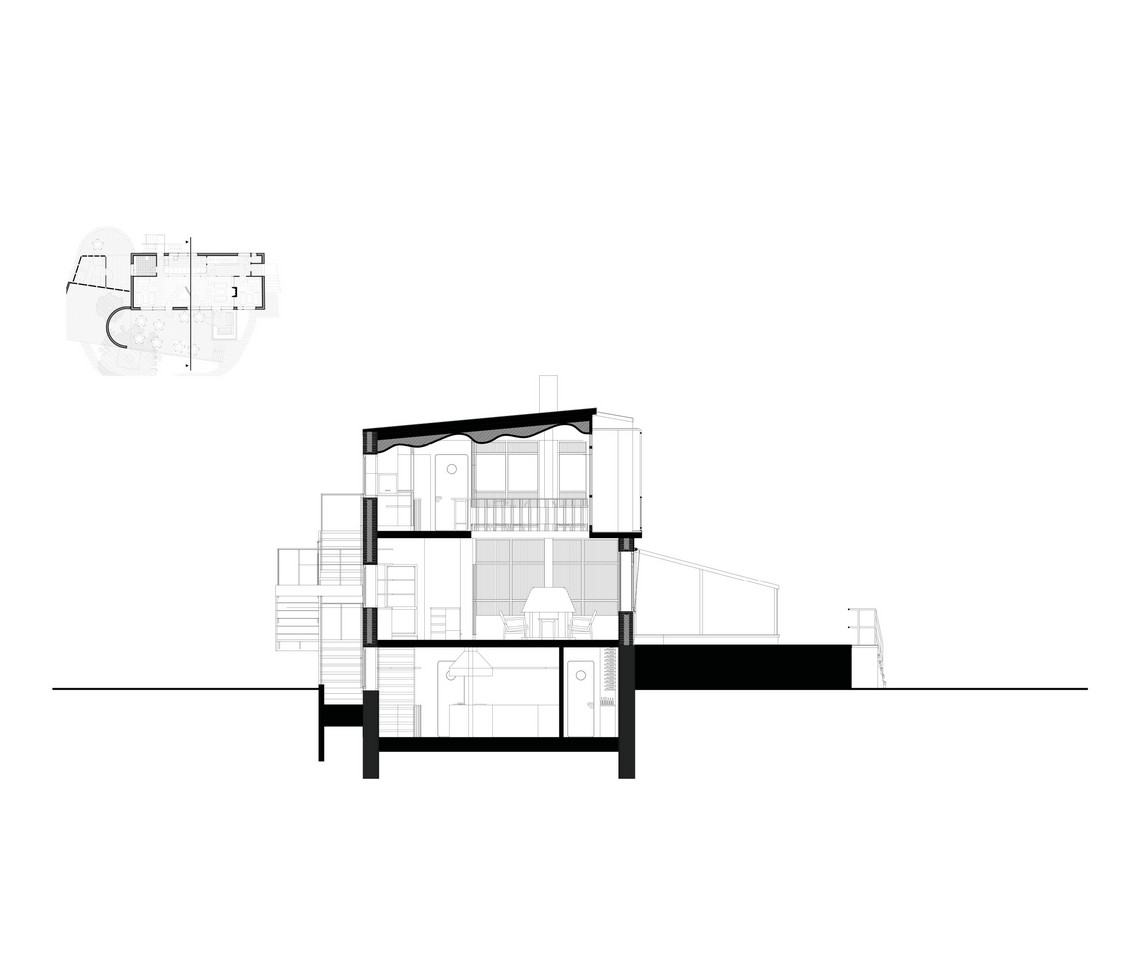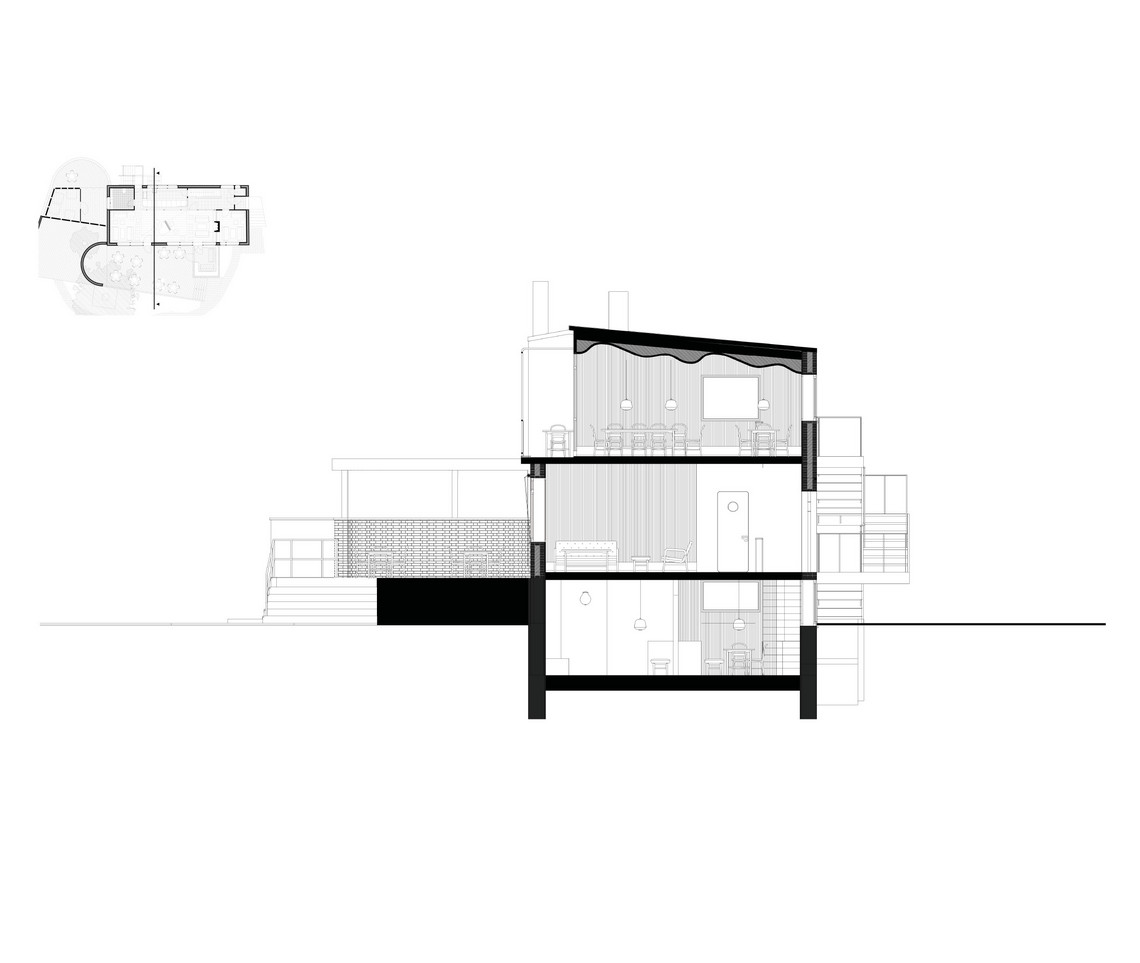

repair & replace
REPAIR/REPLACE
This thesis is about a transformation of the abandoned courtyard of the Radiohouse focusing on the director’s house. I intend to propose a counter to the planned demolishing and its large scale additions; to instead explore the unique possibility of the existing house and the lost garden and explore the functionalist heritage by engaging the existing fabric in restoration, transformation and reimagining.
The projects will aim to explore three main questions:
Working with the existing fabric
Engage the current program
Opening up the site & community
First, how to work with the existing built fabric and how to show the history through its wear and tear and to contrast and harmonize with the construction and addition of new elements. Exploring the transforming of a building in need of restoration and how to work with recreating lost aspects.
Secondly, how to engage the existing program of the site and how added or changed functions can work in balance or enhance the existing functions of the site and its surroundings.
Lastly, how to open up the site and invite new people to interact and grow part of the community. The new established context aims to open up the site and to provide a lower threshold into the music culture of the site. In keeping with modernist and socialistic ideas the propositions should oppose exclusivity and instead be an open inviting space for multiple demographics.
The Radiohouse’s existing program and building has desirable themes and functions that could be influential for the new site. The Radiohouse has an open foyer canteen and holds weekly free concerts. The nature of a publicly accessible music school serves to make the building open and creates a shared music culture.
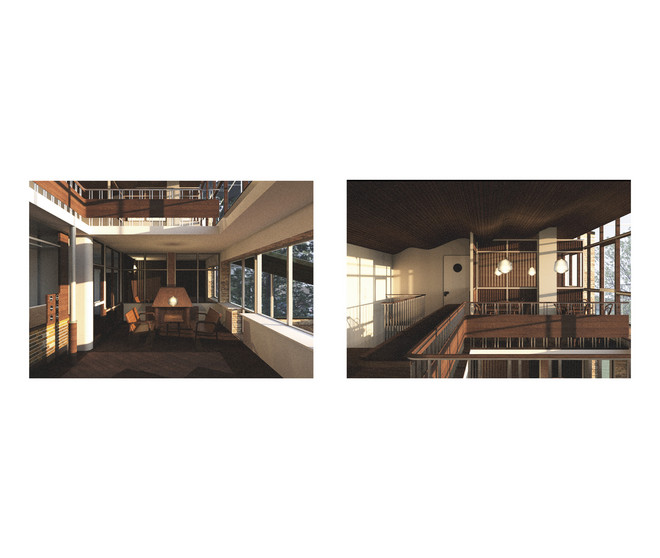
Jazz restaurant
The new spatial program meant changing the program from a private residence to a public jazz restaurant. Inspired by the previous plan but changed through objects and interiors inspired by the Radiohouse but reimagined and changed to fit my project.
The main change is the opening up of the first floor and connecting both the floors together through a balcony looking down on the stage area.
The main floor which previously housed a living room, kitchen & dining room is reimagined as a bar and lounge area with a centrally placed informal jazz stage.
The previously private upper floor is remade as a fine dining experience and the basement houses the staff and the kitchen.
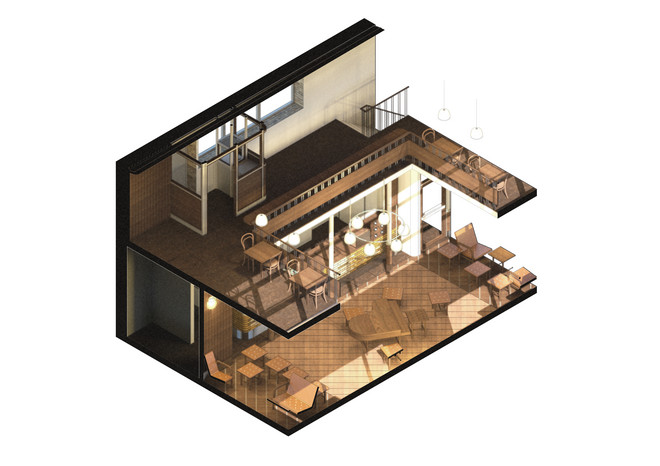
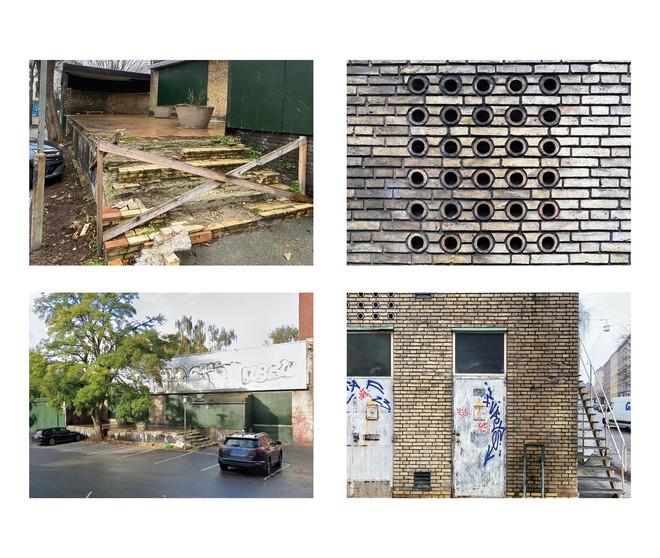
Current state & future
Today the house and the site lays partly abandoned and is planned to be demolition and replaced with a new large scale proposal by Cobe. I intend to counter the proposed demolishing and instead to explore the unique possibility of the site and to work more sustainable and develop methods for future transformation of old buildings and to show the unique possibility within transforming an older building by engaging its heritage.
The current state of the old director’s house is quite bad. Mainly the interior which was inaccessible due to for example water damage and vandalism. The facade which is in a better state aside for damaged bricks and patio and the asbestos cladding.
Looking past the disuse and wear and tear the yard and its buildings still has many remaining values such as the functionalist detailing in the brickwork and copper detailing. I intend to restore the facade by mostly repairing the brickwork and replacing the asbestos cladding. The interior will be recreated in a modernist style inspired by the Radiohouse and changing to fit the new program.
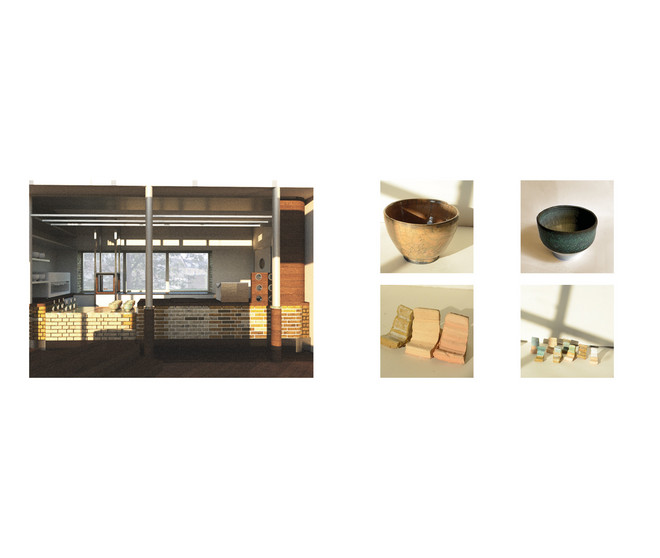
Material exploration
Working from the materials on site. Studying the clay in the bricks, seeing how the imperfections in the firing create different hues. How the exterior is painted by years of patina, how the copper has shifted in color from brown to turquoise. Seeing the remaining brick detailing restoring the old brickwork seeing the interplay between old rough brick in contrast to the lighter new sharp brick.
Seeing how the modernist ideals influence the interior detailing how the wood and brass come together to from the interior. How standardized components work in tandem with bespoke details. Exploring the approach to natural light through large open windows.
Creating new objects to insert new functions and to replace lost details. Contrasting old methods and techniques with modern solutions. Connecting modernist and neoclassicism forms with modern sensibility.
Taken both added and restored objects and distilling into objects embodying the sense of place and representing materials and tactility in a new object.
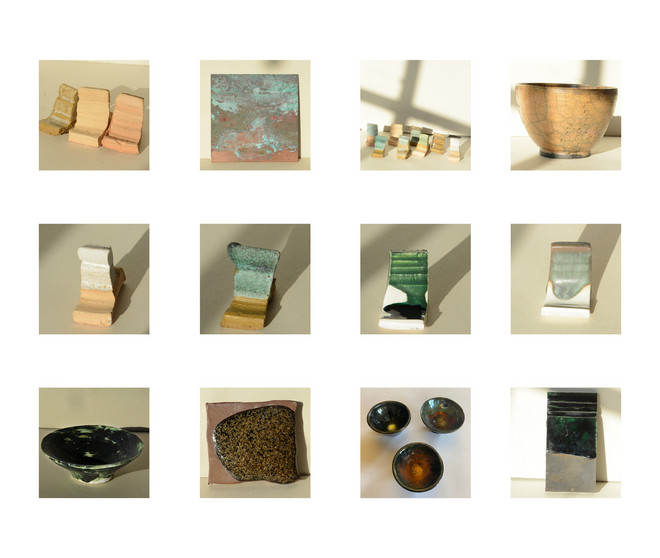
Material recontextualizing
The materials on site where parallel to the interior & architectural part also explored in ceramic objects to experiments in firing and Glazing techniques.
Clay is usually once fired to a dry porous state and then glazed with one or more layers to be fired again to the desired temperature.
Controlling the temperature and atmosphere of the oven results in different colors and textures. The goal for this exploration was to use materials from the site both as raw materials and as inspiration.
Using the same clay as the bricks (Danish blue clay) or experimenting with recreating the worn oxidized copper look. By pushing the limits of the materials new possibilities where explored, such as using different temperatures. In low temperature firing ca 1040 degrees’ blue clay and copper has a specific look and color and by using high temperatures 1100 to 1280 the characteristics change completely. The kiln atmosphere also changes the look of the ceramics three methods where used electric-, gas, and Raku firing.
Finished ceramic objects:
The two objects shown are the end product of the material reimaging and exploration.
Firstly, you have a Danish blue clay cup. The objet have been hand thrown and then glazed with a transparent glaze, then it has been Raku fired, a relatively volatile process where the rough and fast firing process results in the unglazed clay turning black and where the transparent glaze forms cracks over the surface resulting in an object representing the wear and tear bricks go through but as a no toxic ceramic cup.
Secondly is the end process of the copper and glaze exploration. The cup is made out of porcelain and has been glazed with a copper rich glaze and then fired to a high temperature to create a satin matt surface that embodies the same hues and patterns that is characterized in oxidized copper.

Det Kongelige Akademi understøtter FN’s verdensmål
Siden 2017 har Det Kongelige Akademi arbejdet med FN’s verdensmål. Det afspejler sig i forskning, undervisning og afgangsprojekter. Dette projekt har forholdt sig til følgende FN-mål